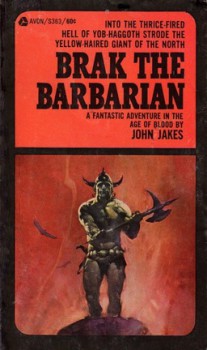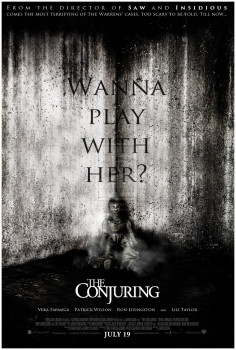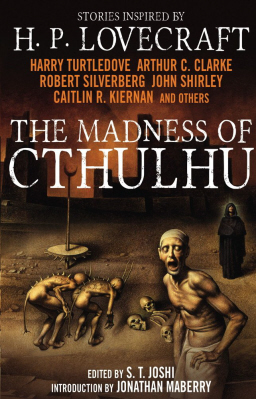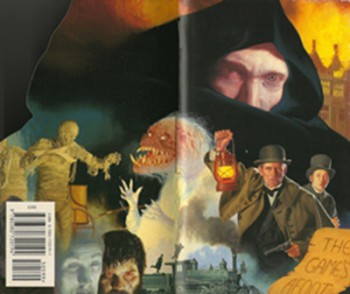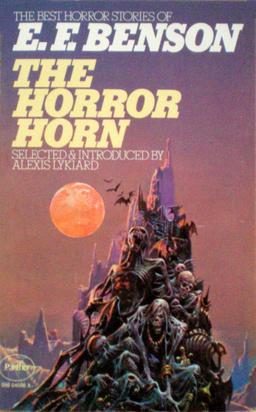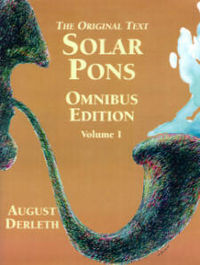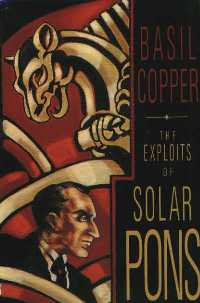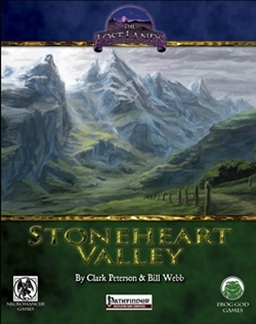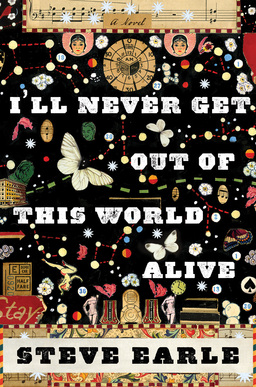Art of the Genre: Owning a Time Machine
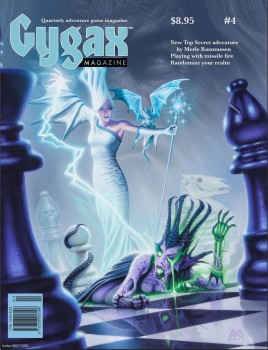
It’s true, in a sense. You see, I work as the Art Director for Gygax Magazine, and as such I’m tasked with trying to recreate the artistic feel of Dragon Magazine circa 1984. So, I spend my days not only going over old art, but also trying my best to discover new talent that somehow reflects some of the best aspects of the OSR.
Certainly, there have been others that have tried this type of nostalgia-based marketing. Goodman Games comes to mind with their initial line of Dungeon Crawl Classics, and the same could be said for Rob Kuntz and his Pied Piper Press in the mid-2000s.
Still, it isn’t as easy as it sounds. You can’t simply plug in old artists and make everything perfect. Talents evolve, and in some cases erode, and working with established artists who have trademark styles sometimes limits your ability to direct them inside a product. Egos must be taken into account, as well as their vision versus yours, and finally how a price point that satisfies everyone can be achieved.
It can be a position of highs and lows, and I’ve had some great successes as well as failures along the way, but never once did I say ‘this just isn’t worth it.’
Why? Because I love the art. I love the artists, and having gone so deep into their world, I understand all too well the struggles they face on a daily basis. Each time I get the opportunity to pick up a phone, call an artist, and offer them work is what gives my job meaning.
Gygax provides this incredible vehicle to do just that, and when you finally get to hold the magazine in your hands, feel it just like you did that Dragon Magazine when you were in your teens, you understand just how special it really is.
